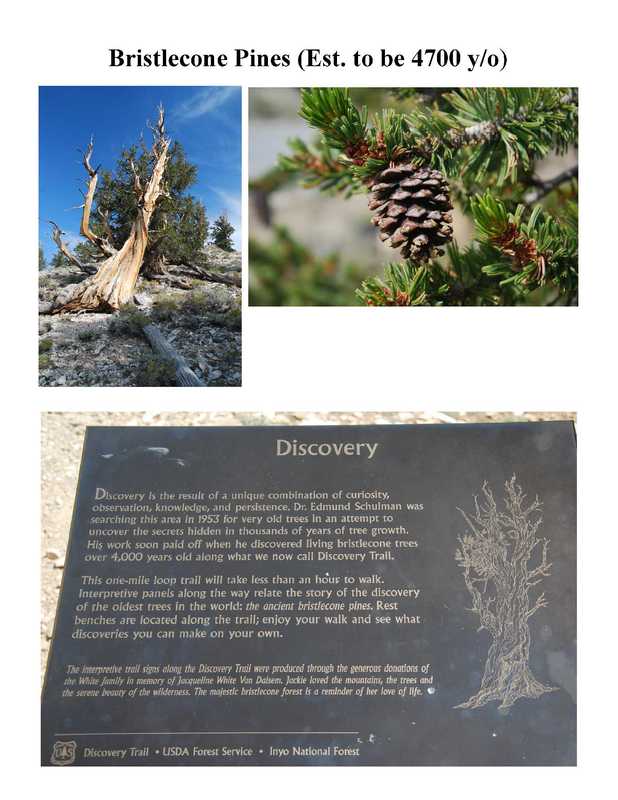"Dating tree rings is not as simple as it might seem. Several factors determine the growth rate of trees and the width of their growth rings—the soils, altitude, water table, climate, seasons, and weather. Droughts, fires, and periods of abnormally high rainfall will impact the growth pattern of tree rings, so a tree will not always have one growth ring per year…There can be major variations from tree to tree in a forest and, accordingly, in the wooden beams used to build houses…So scientists don’t rely on visual comparisons. They use radiocarbon (14C) dating of growth rings to obtain their approximate age. Then they match this information to the associated pattern of rings in the master tree-ring chronology. However, ironically, radiocarbon dating is calibrated and corrected using tree-ring chronologies. So conclusions about tree-ring ages depend on radiocarbon dating, which depends on tree rings, which depends on radiocarbon dating. Neither tree-ring counting nor radiocarbon dating is conclusive alone…tree-ring dating depends on subjective visual cross-dating, augmented by radiocarbon dating. So tree-ring dating relies on radiocarbon dating, while radiocarbon dating has been corrected using tree-ring dating! In the world of logic, that is called circular reasoning—a person uses one assumption to prove another assumption, but neither has an unimpeachable, independent basis of measurement."
|
Abstracted Information from Article by Dr Andrew Snelling Geologist at Answers In Genesis. (See link below for more complete information.)
"Dating tree rings is not as simple as it might seem. Several factors determine the growth rate of trees and the width of their growth rings—the soils, altitude, water table, climate, seasons, and weather. Droughts, fires, and periods of abnormally high rainfall will impact the growth pattern of tree rings, so a tree will not always have one growth ring per year…There can be major variations from tree to tree in a forest and, accordingly, in the wooden beams used to build houses…So scientists don’t rely on visual comparisons. They use radiocarbon (14C) dating of growth rings to obtain their approximate age. Then they match this information to the associated pattern of rings in the master tree-ring chronology. However, ironically, radiocarbon dating is calibrated and corrected using tree-ring chronologies. So conclusions about tree-ring ages depend on radiocarbon dating, which depends on tree rings, which depends on radiocarbon dating. Neither tree-ring counting nor radiocarbon dating is conclusive alone…tree-ring dating depends on subjective visual cross-dating, augmented by radiocarbon dating. So tree-ring dating relies on radiocarbon dating, while radiocarbon dating has been corrected using tree-ring dating! In the world of logic, that is called circular reasoning—a person uses one assumption to prove another assumption, but neither has an unimpeachable, independent basis of measurement."
0 Comments
Your comment will be posted after it is approved.
Leave a Reply. |
AuthorBlog site of John G Leslie PhD, MD, PhD. Please see Home page for information. As well, there is an email contact tab available-see next tab: CONTACT US. Categories |


 RSS Feed
RSS Feed